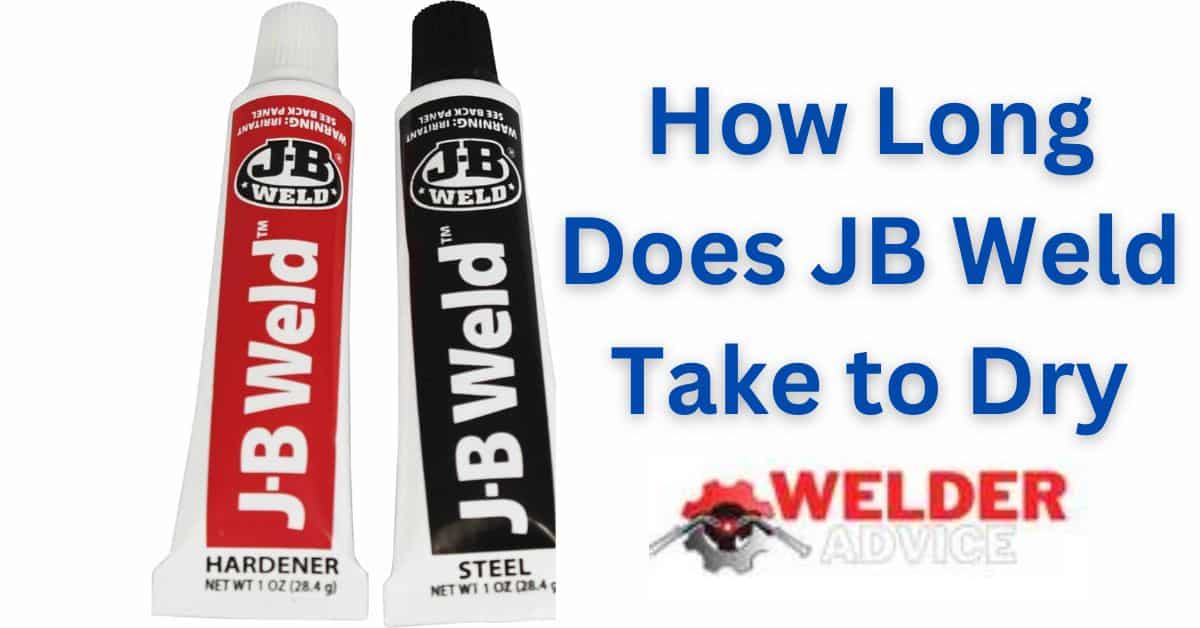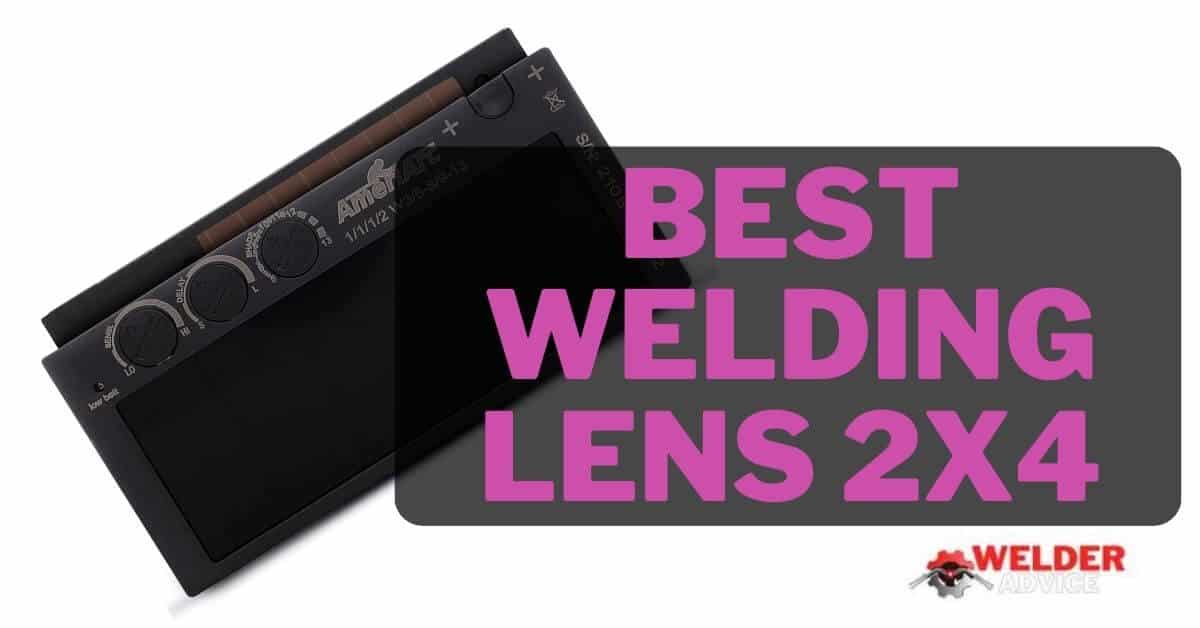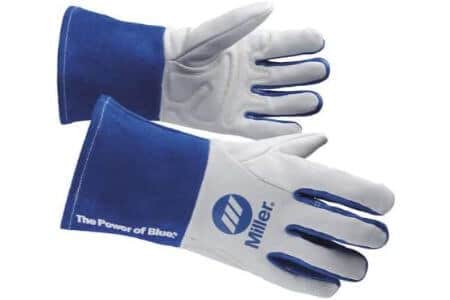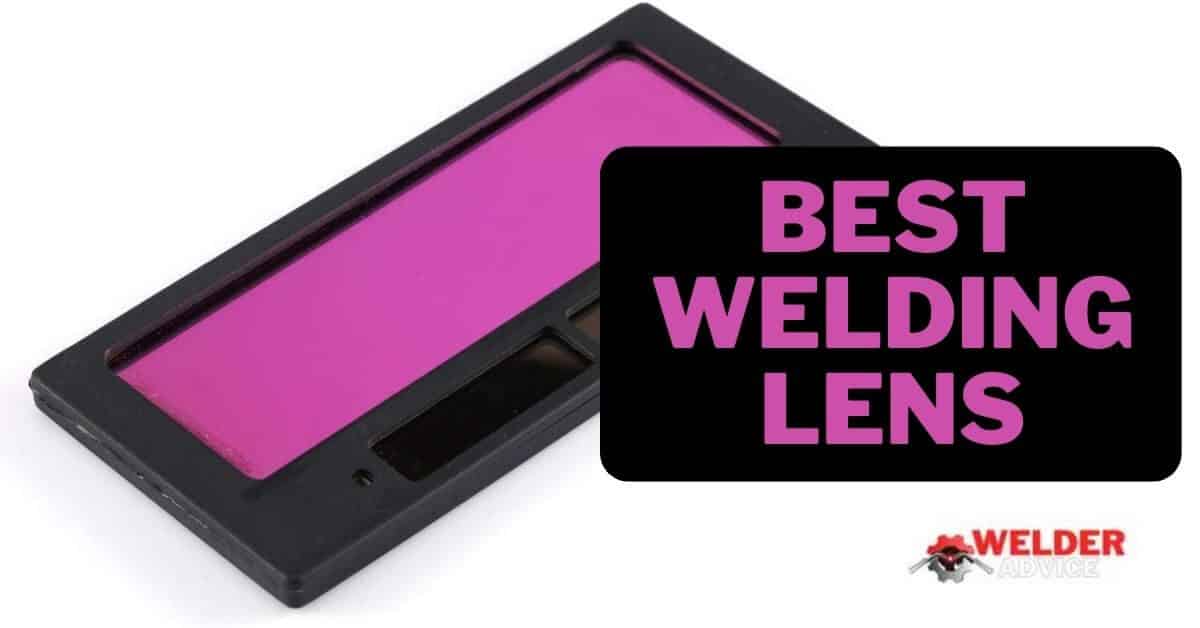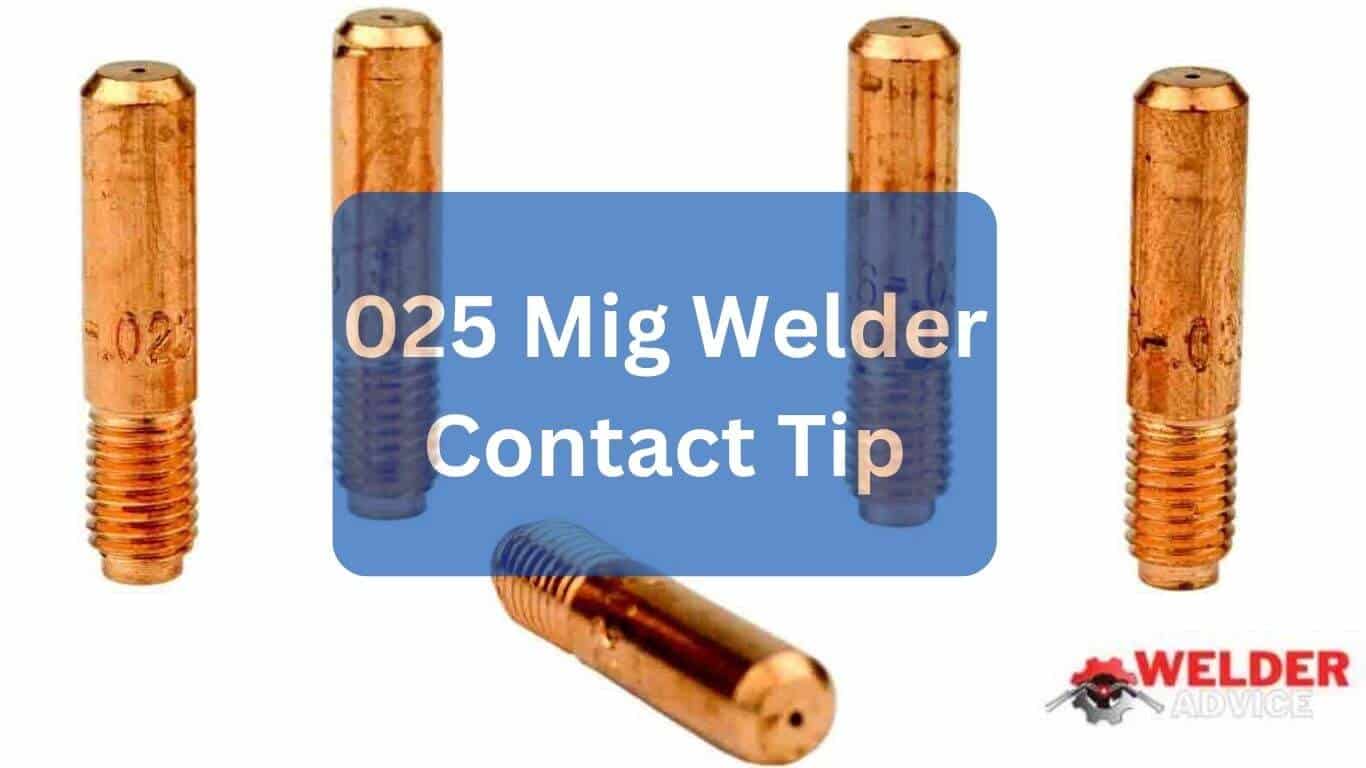JB Weld is a well-known epoxy brand for its exceptional strength and durability. But many users have one question: How long does JB Weld take to dry? The answer to this question is not as simple as a specific time frame. As several factors can affect the drying time of JB Weld. In this article, we will discuss the various factors that can impact the drying time of the JB Weld. Provide tips on ensuring that your JB Weld project will complete quickly and effectively.
If you’re wondering how long JB Weld takes to dry, it’s essential first to understand what JB Weld is. It’s a two-part epoxy adhesive that cures in 10-15 minutes. Which means it’ll be scorched in an hour or two.
What is JB Weld?
JB Weld is an epoxy adhesive that can bond metal, plastic, fiberglass, and more. It is a two-part product that is mixed and applied to the surface to be bonded.
How Long Does JB Weld Take to Dry
J-B Weld sets in just four minutes and cures in four hours, making it a quick and easy solution for repairing or bonding surfaces. The J-B Weld can take 12 to 24 hours to dry completely. Ensure enough time for the adhesive to cure before using the object you have fixed.
Tips for Speeding Up Drying Time
To ensure that your J-B Weld project dries quickly and effectively, there are a few tips that you can follow:
Work in a warm, dry environment: As mentioned earlier, warmer temperatures and low humidity levels can help to speed up the drying time of the JB Weld.
Use a hair dryer: Using a hair dryer on a low heat setting can help to speed up the drying time of the JB Weld. Be sure to keep the hair dryer moving to avoid overheating in any one area.
Apply thin layers: Applying thin layers of J-B Weld can help to speed up the drying time, as the epoxy will not have to dry as deep.
Use a UV flashlight: Using a UV flashlight can help speed up the J-B Weld’s curing process. The UV light will cause the epoxy to cure faster, ultimately leading to a faster drying time.
Factors That Affect Drying Time
Various factors, including temperature, humidity, surface area, and mix ratio, can affect the drying time of the JB Weld.
Temperature: J-B Weld sets and dries faster in warmer and slower in cooler temperatures. A general rule of thumb is that temperature increases every 10 degrees Fahrenheit. The drying time of the J-B Weld will be cut in half.
Humidity: High humidity levels can slow down the drying time of the J-B Weld. To ensure that your J-B Weld project dries quickly, working in a dry, low-humidity environment is best.
Surface Area: The larger the surface area of the J-B Weld project, the longer it will take for the epoxy to set and dry.
Mix Ratio: The proper mix ratio of the J-B Weld is essential for ensuring that the epoxy sets and dries quickly. The drying time can be significantly impacted if the mix ratio is incorrect.
Is JB Weld cold-resistant?
The drying time of the J-B Weld can be affected by cold temperatures. In temperatures below 40 degrees Fahrenheit, the epoxy may take longer to set and cure. According to the manufacturer, JB Weld can take up to 4-6 hours to set. And 15-24 hours to cure at room temperature (70 degrees Fahrenheit).
However, temperatures below 40 degrees Fahrenheit may take longer for the epoxy to set and cure. The manufacturer states that at temperatures between 32-40°F. It may take up to 8-12 hours to set and 24-36 hours to cure.
In temperatures below 32°F, it may take up to 12-24 hours to set and 36-48 hours to cure. It is important to note that these are just general guidelines.
How can you tell if the weld is dry?
There are a few telltale signs that a weld is dry. The surface may be rough or pitted, and the weld may be discolored or have a different texture than the surrounding metal. The weld may be brittle and easily break apart if the weld is completely dry.
Some potential risks associated with using J-B Weld?
There are a few potential risks associated with using JB Weld.
- The weld may not be strong enough to hold the pieces together.
- It may not be durable enough to withstand the force or pressure exerted on it.
- Using JB Weld may not be the best solution for the problem at hand.
So if you need a quick fix, JB Weld is a great option to get the job done quickly. Just allow enough time to dry completely before using it for heavy-duty tasks.
JB Weld in intense temperatures?
JB Weld can withstand extreme temperatures. Which is up to 500 degrees Fahrenheit and can also be as low as -67 degrees Fahrenheit. However, it is essential to note that the curing and setting times of the JB Weld may vary by extreme temperatures.
In frigid temperatures, the epoxy may take longer to set and cure. While sweltering temperatures may set and cure faster. Use JB Weld in temperatures between 40-90°F for best results. And follow the manufacturer’s instructions for any specific application or usage.
JB Weld in underwater
JB Weld is not suitable to cure underwater. It requires air and a certain amount of surface area for the chemical reaction to occur to reach its full strength and cure. The manufacturer states that JB Weld is not waterproof. It should not be used in applications where it will be submerged in water. If JB Weld is applied to a surface that is already wet. It will not cure correctly and will not provide the bond strength it can.
In situations where you need to make an underwater repair, you can use specially formulated underwater epoxies, not JB Weld. These epoxies can cure underwater and offer a strong bond even in wet conditions. They commonly utilize applications such as pool repairs, marine repairs, and underwater construction. If you need to make an underwater repair, it is best to use an adhesive specifically designed for that purpose.
How to use JB Weld on plastic?
For plastic surfaces, clean the surface with a plastic-specific cleaner. And roughen the surface with sandpaper to increase the surface area for better adhesion.
How to put 2 coats of JB Weld?
J-B Weld can be applied multiple times. In certain situations, applying multiple coats can improve the strength and durability of the bond. However, following the manufacturer’s instructions for your specific JB Weld product is essential. And allows the first coat to set and cure before applying additional coats.
Use thin layers while applying multiple coats. This will allow the epoxy to dry faster and achieve a stronger bond. Also, it’s essential to sand the surface lightly between coats to ensure good adhesion.
It’s important to note that in some cases, one thick layer of JB Weld may be just as effective as multiple thin layers.
Surfaces that JB Weld doesn’t bond?
There are some surfaces that J-B Weld may not bond well too. These include:
Polyethylene and polypropylene plastics: Don’t use JB Weld for these plastics. The chemical composition of these plastics does not allow for a strong bond.
Oily or greasy surfaces: J-B Weld requires a clean and dry surface to create a strong bond. If the surface is oily or greasy, it is essential to clean it thoroughly before applying J-B Weld.
Porous surfaces: J-B Weld may not bond well to porous surfaces, such as unfinished wood or concrete.
Rubber and silicone: you can not use JB weld on rubber or silicone. It may not bond well to these materials.
Wait time before using JB Weld after mixing.
You can use the JB weld within 5 minutes. The epoxy will start to harden after this time frame and may not be as effective.
Final Thoughts
J-B Weld is a powerful and versatile epoxy known for its strength and durability. However, various factors can affect the drying time of the JB weld. Including temperature, humidity, surface area, and mix ratio. By understanding these factors and following the tips provided in this article, you can ensure that your JB Weld project dries quickly and effectively.

